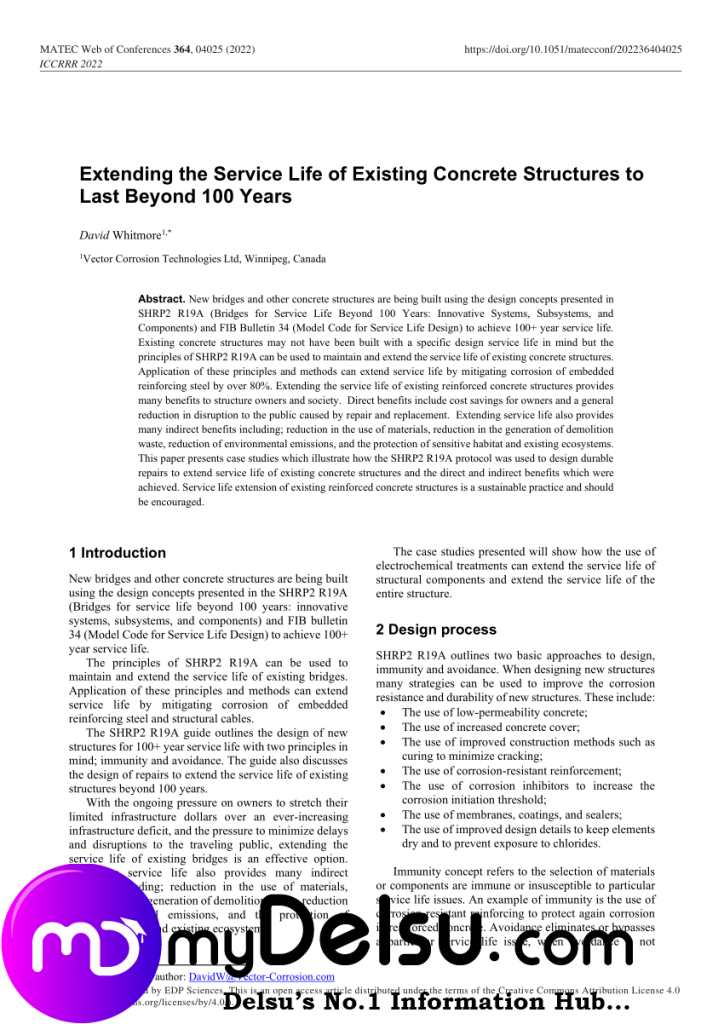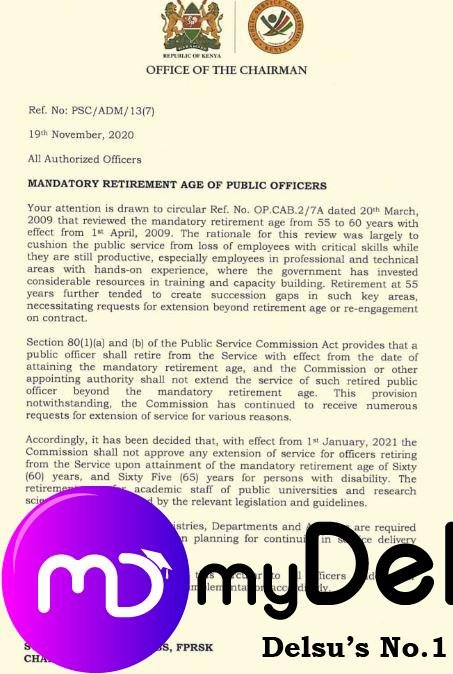Looking to extend your service beyond one year? Look no further, because we’ve got the answer for you! Many of our valued customers have been wondering if it’s possible to extend their service beyond the initial one-year period. Well, we’re here to tell you that it is indeed possible and we’re thrilled to offer this option to our loyal customers. In this article, we’ll explore the various ways you can extend your service and the benefits that come with it. So, if you’re interested in maximizing your service experience, keep reading and discover how you can keep enjoying our exceptional services for longer!

Contractual Terms and Conditions
Understanding the Initial Service Period
When entering into a service agreement, it is important to clearly understand the initial service period specified in the contract. This period typically outlines the duration for which the service will be provided. By familiarizing ourselves with this information, we can effectively plan and make informed decisions regarding any potential extensions.
Reviewing the Contract
Before considering an extension, it is necessary to review the contract thoroughly. This involves carefully reading and understanding the terms and conditions outlined within the agreement. By doing so, we can ensure that we are aware of any clauses or provisions related to service extensions and properly adhere to the contractual requirements.
Considering Extension Clauses
Many service agreements include extension clauses, which provide guidelines for extending the service beyond the initial period. These clauses outline conditions and procedures for requesting an extension, including any necessary notice periods or documentation. It is essential to carefully consider these clauses and assess their applicability to our specific situation.
Reasons for Extending the Service
Need for Continued Service
One common reason for seeking a service extension is the ongoing need for the services provided. Whether it is an essential aspect of our business operations or a critical project that requires further assistance, extending the service allows us to continue receiving the support necessary to meet our objectives.
Satisfactory Performance
Another compelling reason to consider extending a service is when the service provider has consistently delivered satisfactory performance throughout the initial period. If we are highly satisfied with the quality, efficiency, and overall value provided by the service, it is logical to explore the possibility of extending our partnership to maintain that level of excellence.
Project Expansion
If our project expands beyond the scope initially outlined in the contract, extending the service may be necessary to accommodate the increased demands. By doing so, we ensure that our project continues to receive the necessary support to achieve its objectives. This also minimizes disruptions and facilitates a smooth transition as our project scales.

This image is property of www.yourhrworld.com.
Negotiating an Extension
Contacting the Service Provider
Once we have determined our need for an extension, the first step is to reach out to the service provider. Initiate communication by expressing our interest in extending the service and discuss the feasibility with them. This allows us to open the lines of communication necessary to negotiate the terms and conditions of the extension.
Exploring Extension Options
During the negotiation process, it is crucial to explore the various extension options available to us. This includes assessing whether a short-term extension or a longer-term commitment is more suitable for our needs. By considering multiple options, we can determine the best course of action that aligns with our objectives and financial constraints.
Negotiating New Terms and Conditions
When negotiating an extension, it is essential to address any changes in terms and conditions that may arise. This could include adjustments to pricing, service levels, or any other aspects of the contract. Open and transparent communication between both parties helps ensure that the extension meets the needs and expectations of all involved.
Legal Implications
Breach of Contract
In the event that either party fails to fulfill their contractual obligations, it may result in a breach of contract. It is important to carefully review the terms and conditions regarding breaches, as they may impact the extension process. Understanding the legal implications of breaching the contract can help us navigate potential disputes and ensure that all parties are held accountable.
Termination and Liquidated Damages
Contracts often outline provisions for termination and potential liquidated damages in case of early termination. If we are considering an extension, it is crucial to understand these provisions and ensure that they align with our goals. In some cases, negotiating an extension may be more advantageous than prematurely terminating the contract and potentially incurring financial penalties.
Renewal Clauses
Renewal clauses can be crucial in securing an extension and simplifying the process. These clauses outline the procedures for renewing a contract or extending the service after the initial period. By understanding these clauses, we can ensure that we follow the necessary steps and comply with any requirements to successfully extend the service.
This image is property of qph.cf2.quoracdn.net.
Communication with Stakeholders
Informing Clients and Customers
When extending a service, it is important to communicate the decision to relevant clients and customers. By notifying them in advance, we prevent any confusion or disruption to their operations and demonstrate our commitment to maintaining a strong business relationship. Clear and transparent communication can reassure clients and customers about the continuity and quality of the service.
Communicating with Employees
Internally, it is essential to communicate the decision to extend the service with our employees. This ensures that all staff members are aware of the new agreement and can align their efforts accordingly. Engaging employees in the extension process and addressing any concerns or questions they may have helps maintain morale and productivity throughout the transition.
Involving Relevant Parties
Depending on the nature of the service, it may be necessary to involve other relevant parties in the extension process. This could include stakeholders, investors, or regulatory bodies that have an interest or influence in the service. By including these parties in the decision-making process, we can garner support and facilitate a smooth transition during the service extension.
Financial Considerations
Cost Analysis and Budgeting
Before finalizing a service extension, it is vital to conduct a thorough cost analysis and budgeting exercise. This involves assessing the financial implications of the extension, including any potential price adjustments or additional costs. By understanding the financial impact, we can make informed decisions and ensure the extension remains financially feasible.
Rate Negotiations
During the negotiation process, it may be possible to discuss and negotiate changes to the rates associated with the service extension. This provides an opportunity to align the pricing with the current market conditions and the value provided by the service. Careful consideration and fair negotiations can result in a mutually beneficial agreement for both parties.
Payment Terms
When extending a service, it is important to discuss and agree upon the payment terms for the extended period. This may involve revisiting the payment schedule, invoicing procedures, and any other financial arrangements specified in the initial contract. Open dialogue and clear documentation of the revised payment terms help ensure a smooth transition and continued financial stability.

This image is property of i1.rgstatic.net.
Ongoing Service Evaluation
Monitoring Performance
Throughout the extended service period, it is essential to continue monitoring the performance of the service provider. Regular evaluations help assess whether the service meets the expected standards and identifies areas for improvement. Ongoing monitoring ensures that the service continues to align with our evolving needs and allows for timely adjustments if necessary.
Feedback and Satisfaction Surveys
Collecting feedback and conducting satisfaction surveys from relevant stakeholders can provide valuable insights into the effectiveness of the extended service. By actively seeking input, we can address any concerns or areas of improvement that may arise. Continuous feedback and assessment contribute to a collaborative and mutually beneficial partnership with the service provider.
Continual Improvement
Extending a service allows for the opportunity to collaborate closely with the service provider and identify areas where improvements can be made. By engaging in open dialogue and fostering a culture of continual improvement, both parties can benefit from an enhanced service experience. Regular reviews and constructive feedback contribute to a stronger and more efficient partnership.
Documentation and Record-Keeping
Maintaining Updated Records
As the service is extended, it is crucial to maintain accurate and updated records regarding the extension. This includes documenting any changes made to the terms and conditions, including pricing, service levels, and any other relevant details. Proper record-keeping aids in ensuring clarity and transparency, particularly if any disputes or questions arise in the future.
Renewing Required Documents
Some service extensions may require the renewal of specific documentation. It is important to identify and understand any legal or industry-specific documents that need to be renewed. By proactively renewing these documents, we remain compliant and minimize any potential legal or operational risks associated with the extended service.
Documentation Audits
Periodic documentation audits are beneficial to ensure all necessary paperwork is properly maintained and up-to-date. By regularly reviewing the documentation associated with the extended service, we can identify any gaps, inconsistencies, or potential issues. Conducting audits helps us maintain a comprehensive and accurate record-keeping system, ensuring compliance and mitigating potential risks.

This image is property of www.101businessletter.com.
Impact on Other Services
Interdependencies between Services
In some cases, extending a service may have an impact on other services or operations within our organization. It is important to assess and understand these interdependencies to avoid any disruptions or conflicts. By considering and addressing the potential impact on other services, we can plan and implement the extension in a manner that minimizes any negative consequences.
Resource Allocation
Extending a service may require the allocation of additional resources within our organization. This could involve assigning more staff, equipment, or infrastructure to support the extended service. By effectively managing resource allocation, we ensure that all aspects of our operations, including the extended service, continue to receive the necessary attention and resources for success.
Balancing Priorities
Extending a service may require careful consideration and balancing of priorities within our organization. It is important to weigh the impact and value of the extended service against other ongoing projects and commitments. By effectively managing priorities, we can ensure that all stakeholders’ needs and objectives are adequately addressed without compromising on quality or delivery.
Alternatives to Extension
Searching for Alternative Service Providers
While extending the service with the current provider may seem like the most straightforward approach, it may be worth exploring alternative service providers. Conducting research and evaluating different options can provide valuable insights into the market and potentially uncover more cost-effective or specialized solutions. Considering alternatives allows for a thorough assessment of available options before committing to an extension.
Exploring In-House Options
In some cases, it may be feasible to explore in-house options instead of extending the service externally. This involves assessing whether our organization has the necessary resources and expertise to provide the service internally. By considering in-house options, we have an opportunity to evaluate the feasibility and potential benefits of internalizing the service, potentially leading to cost savings or greater control over operations.
Contractual Amendment or Termination
If the extension is not deemed suitable or feasible, it may be necessary to explore contractual amendments or termination. This involves engaging in negotiations with the service provider to modify the existing contract or terminate the service agreement altogether. It is crucial to carefully review the terms and conditions regarding amendments or termination and ensure that all legal obligations are fulfilled.
In conclusion, extending a service beyond the initial period requires careful consideration, effective communication, and thorough assessment of all relevant factors. By understanding the contractual terms and conditions, evaluating reasons for the extension, negotiating new terms, and considering legal implications, we can make informed decisions that align with our objectives. Effective communication with stakeholders, careful financial analysis, ongoing evaluation, and proper documentation contribute to a successful service extension. Exploring the impact on other services and considering alternatives when necessary allows for a comprehensive approach in evaluating the best course of action. Ultimately, by following these guidelines, we can navigate the process of extending a service with confidence and ensure the continued success of our projects and operations.

This image is property of cdn.standardmedia.co.ke.




